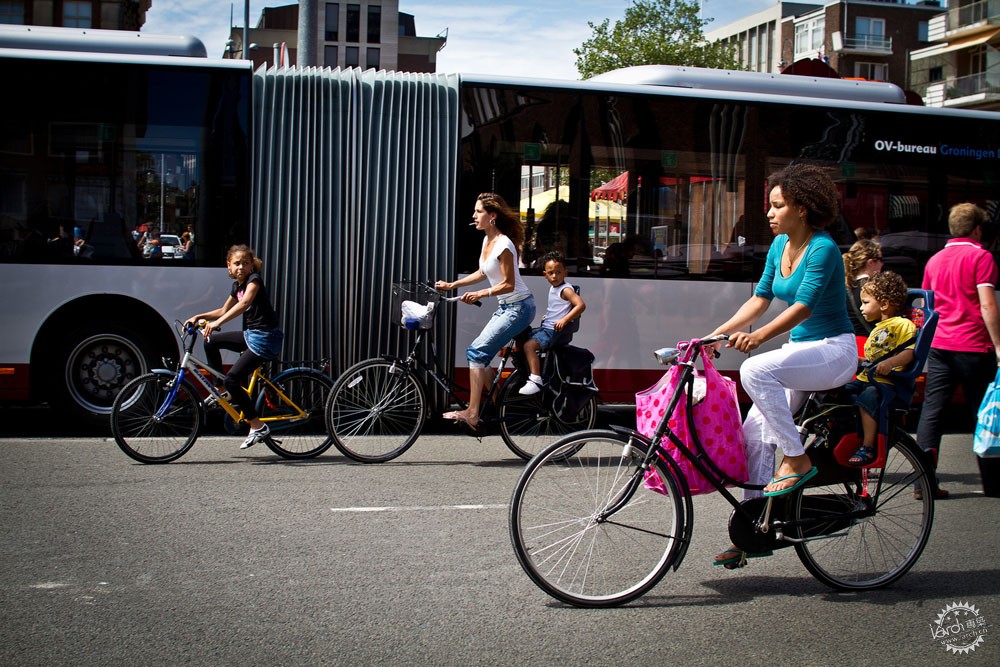
© Claudio Olivares Medina, via Flickr. Licença CC BY-NC-ND 2.0
城市流动的可达性功能特征
The Role of Urban Mobility in Providing Accessibility
由专筑网小R,王雪纯编译
在城市之中自如地活动是人类活动的基本需求,但是日常的通勤、学习、休闲等活动,常常会受到拥挤的交通状况的影响。于是城市流动性成为了备受争议的话题,人们常常对此颇有微词。其实,我们已经发表过相关文章,其中既有异想天开的建议,也有关乎日常的脚踏实地的策略。
Being able to move around cities is a basic requirement for the development of most human activities. Yet daily trips between home and work, study, leisure, and other daily commitments are not always done under the most comfortable conditions, whether it be because of crowded public transportation or unexpected traffic jams. Urban mobility is a hotly debated topic, from informal conversation circles to technical and scientific seminars. It's hard to find someone who doesn't have an opinion on the subject or some miraculous solution to the problems in their city or region. In fact, we have already posted several articles addressing this issue on this site, from utopian proposals to questions related to the daily lives of most of the population.
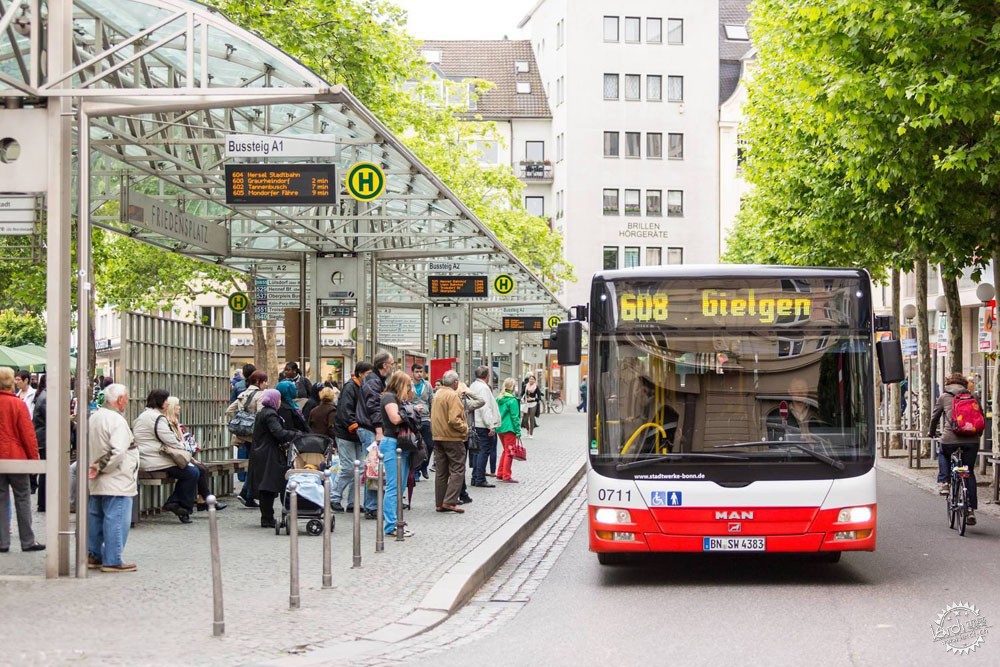
Cortesia de Ciclo Vivo
我们的城市由于交通政策和利益多元化的私人企业而不断地发展,国家也投资了许多无障碍设施。巴西作家Flavio Villaça指出,“近与远”、“好位置与差位置”的概念不能简单地通过物理上的距离来定义,它们与交通系统、不同收入阶级的汽车使用频率、社会阶层的空间分布、休闲场所、购物中心、服务区域等方面同样息息相关。一般来说,通达性较强、地理位置较为便利的地区会让人感觉有更高价值,有的人会选择居住在这些场所,但是有些人只能选择适合自己整体状况的地区而居住。这就会造成居民距离自己的工作地点较远的状况,而城市空间的持续扩建也造成了社会不平等现象的上升。而城市的可达性成为了这些差异的部分指标,因为有一部分居民的只能拥有较低的交通便利性。
Our cities continuously grow and reinvent themselves through public policies and the initiatives of private entities that adhere to diverse interests, with accessibility infrastructure being sponsored primarily by state investments. Brazilian author Flavio Villaça points out that notions of “near and far,” “well located and poorly located” cannot be reduced to simple physical distances. They are produced through transport systems, the availability of vehicles for different strata of income (cars vs. public transport), spatial distributions of social strata, places of employment, shopping and service areas, and urban centers (which do not always correspond to old urban centers). Places that are more 'connected' and located in more socially desirable areas are considered more valuable. While some may choose where to live, many others reside only where it is possible. This may put certain residents closer or further from their work or from the centers of culture and leisure in their city. Thus, urban space reproduces, amplifies, and consolidates the inequalities of society. And mobility is one of the most brutal daily indicators of these disparities, due to the painful methods of transportation that a large portion of the population has to go through.
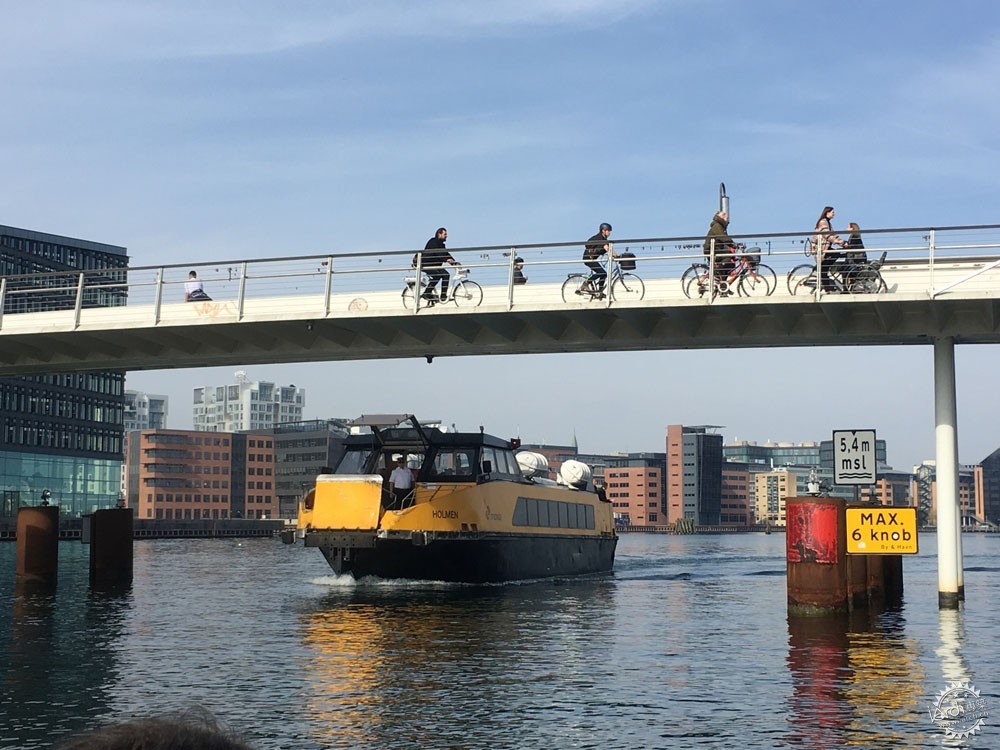
© Copenhagenize Design Company
大部分的城市已经演变成了由中心向边缘发展的整体模式,就业机会、服务空间、健康教育、休闲文化场所都集中于城市中央,只有少部分会分布在城市的郊区地区,这也说明了城市的可达性与社会包容性息息相关。如果需要解决城市可达性的问题,那么必须整体全面地进行思考,因为其中的症结不仅仅是人们所看到的那样,仅仅依赖于交通无法完全地解决这个问题。
Most cities have consolidated into a center-periphery model, with a high concentration of opportunities - jobs, services, health, education, leisure, and culture - in the central areas, while less favored strata live in the peripheries. This is why mobility is directly related to social inclusion and access. Addressing urban mobility and accessibility to the city in a more holistic and comprehensive way is vital. They are more symptoms than problems themselves; trying to solve issues of mobility with transport alone is a fool's errand.
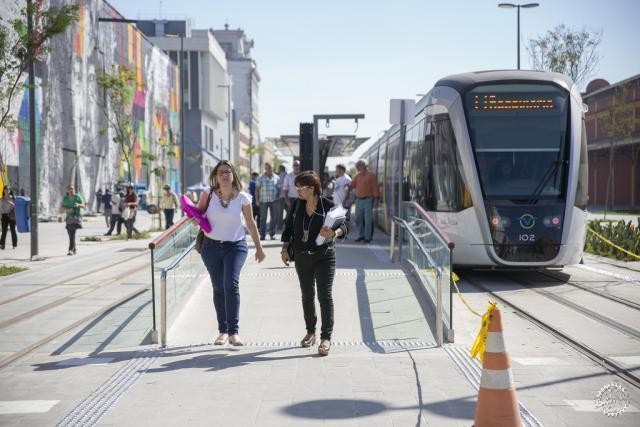
© Mariana Gil / WRI Brasil
住房政策、价格控制、中产阶级的抵制、公共文化以及教育空间的设定是城市规划的核心部分。分散公共投资对于此类现象的减少也至关重要。但是城市的流动性与可达性之间是否存在关联呢?通过充足的交通设施能够让人们更高效地去往自己的目的地,从而让人们快速地融入到城市之中。这不仅仅意味着从住宅到公司,同时还意味着工作与休闲之间的联系。既然城市的建设来源于公共投资,那么人们就应该平等地享受各项服务。
Housing policies, price controls, resistance against gentrification, and the creation of public, cultural, and educational spaces must be at the heart of urban planning. Decentralizing public investment is also essential to reduce problems with travel. But what does urban mobility have to do with accessibility? Providing adequate travel conditions allows inhabitants to access and integrate into cities. This doesn't just mean providing transport from home to work: it also means providing access to culture and leisure. If cities are built through public investment, it's only fair to allow everyone to enjoy it.
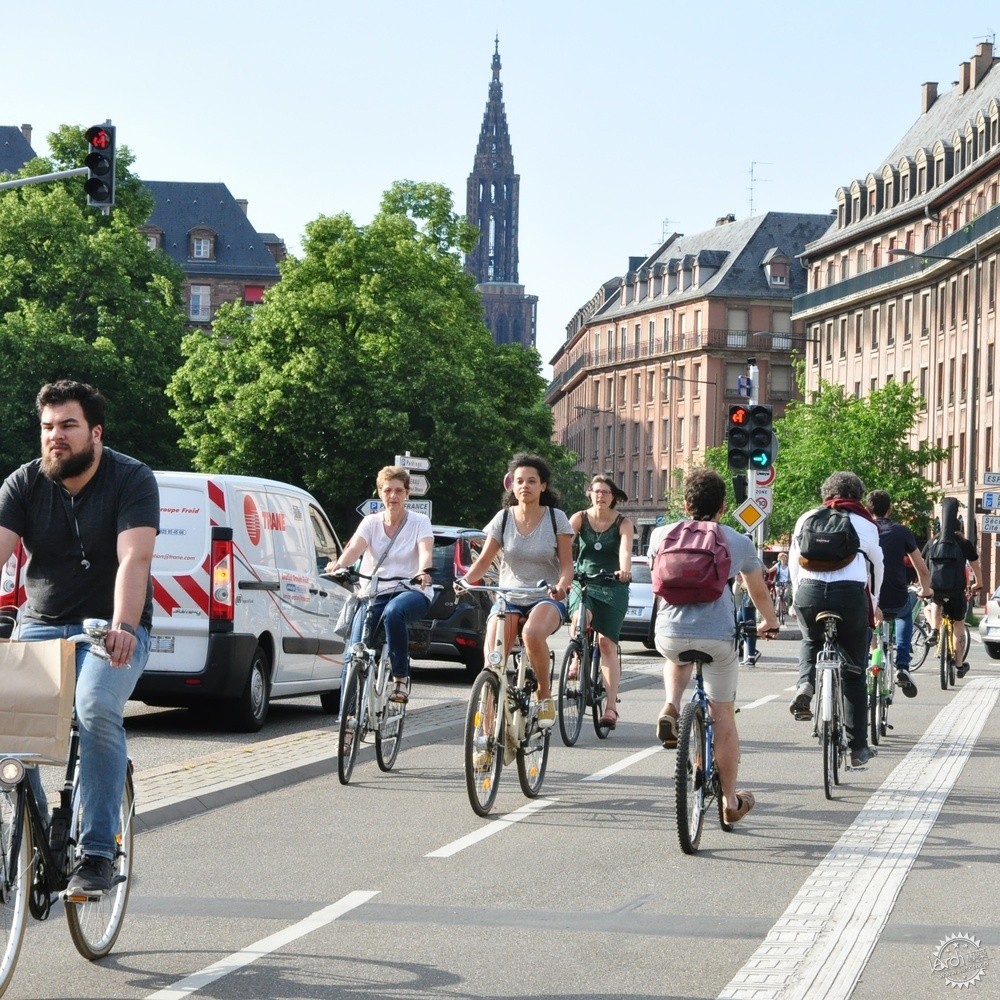
© Copenhagenize Design Company
城市流动性问题不能隔离或者局限地进行思考,这必须结合到城市的整体之中,其中包括城市的矛盾性与复杂性、利益阶层的冲突,以及城市的不公平性等方面。最为重要的是,城市的可达性设计需要结合城市的道路交通体系。当建筑师或是城市规划者在进行相关的设计时,需要意识到自己的每个思考都有可能促进城市和社会的公平发展。
Urban mobility should not be studied or considered in isolation, limited to a problem of public transport, transport engineering, or travel efficiency. It must be integrated into a reflection on the urban totality, including its complexities and contradictions, its conflicts of interests, and the inequalities that manifest themselves in cities. Urban mobility must above all be designed to provide greater access to the city. The architect draws the city, whether through a single small building or a greater master plan. We have to be aware that fairer cities and societies can be made possible through our actions.
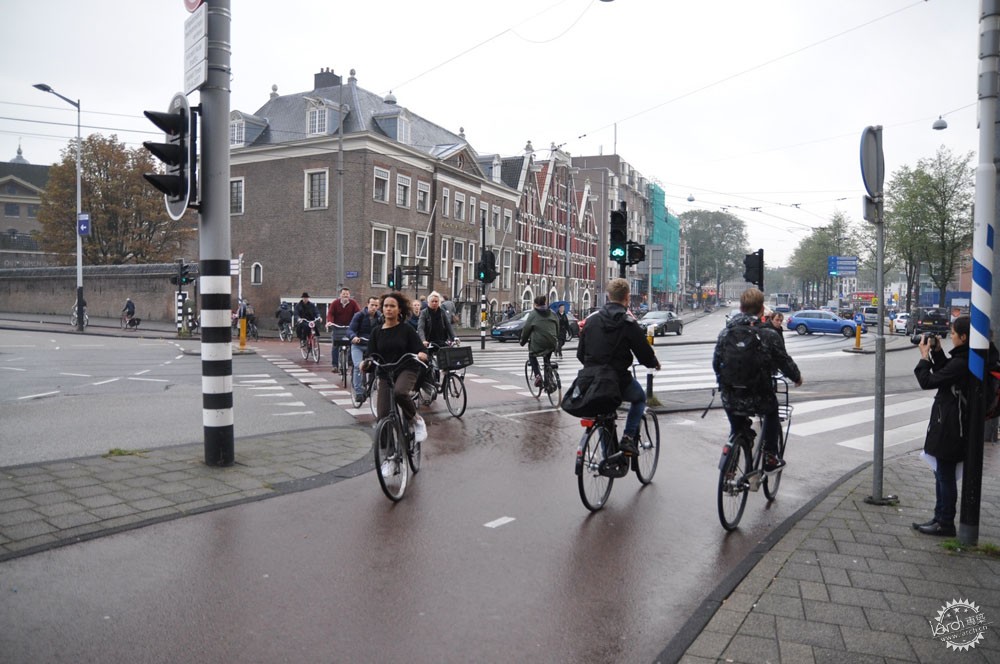
© Copenhagenize Design Company
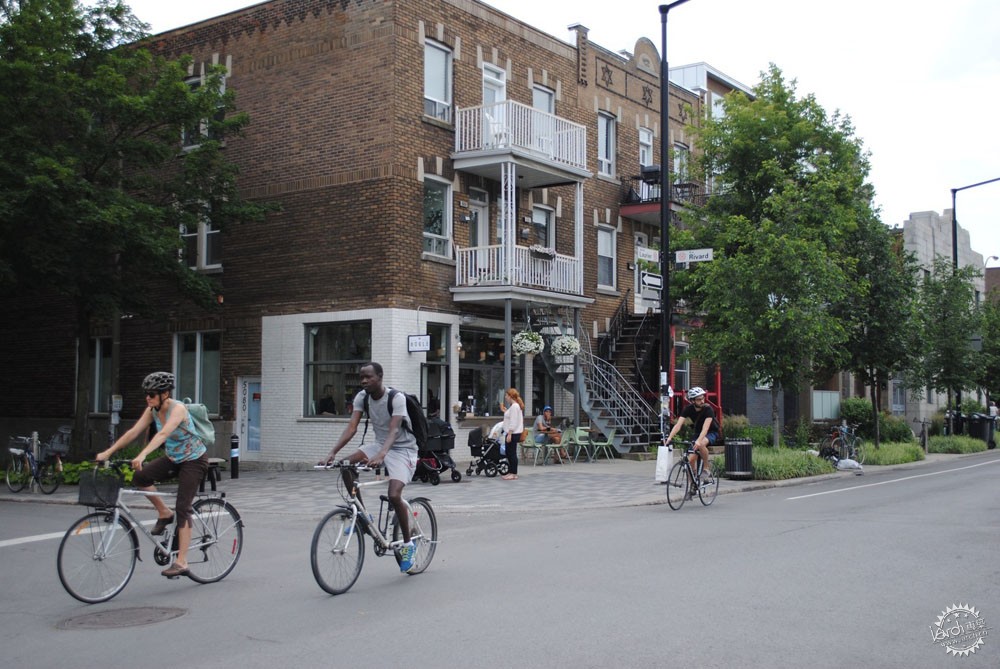
© Copenhagenize Design Company
|
|
